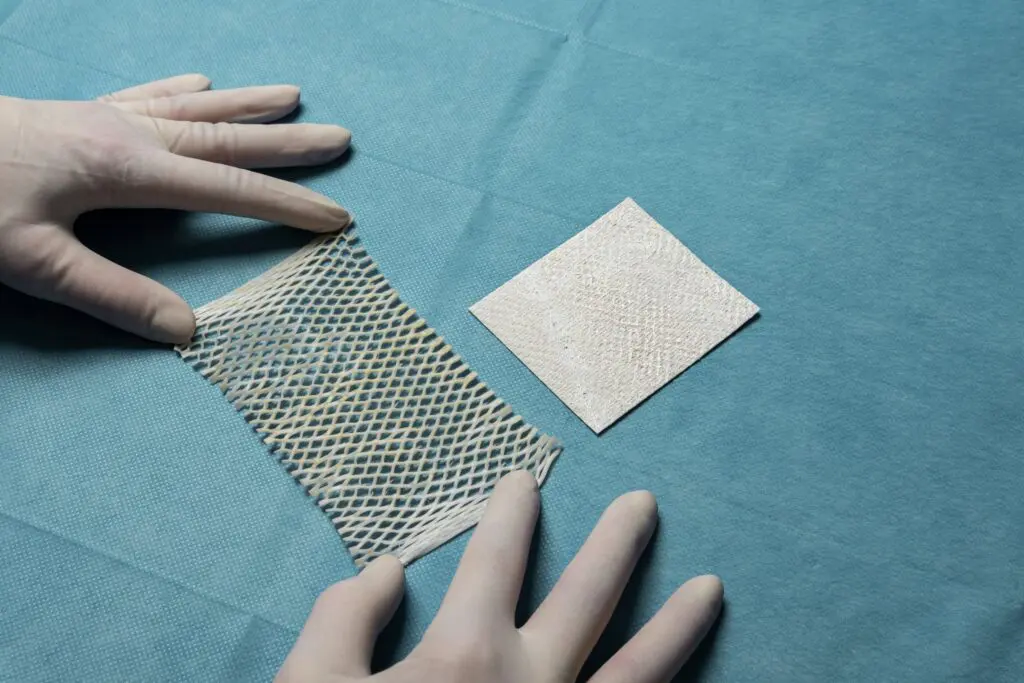
Arlington, VA and Reykjavik, Iceland – Nov. 14, 2024 – Kerecis, the pioneer in the use of fish skin and fatty acids for tissue regeneration and protection, today announced Medicare coverage approval of two of its products by the U.S. Centers for Medicare & Medicaid Services (CMS) in a new Local Coverage Determination (LCD).
This LCD focuses on skin substitutes for the treatment of diabetic foot ulcers (DFU) and venous leg ulcers (VLU) in the Medicare population. CMS developed the LCD mechanism to create a policy consistent with current evidence of clinical efficacy.
Kerecis products are on the list of covered products for diabetic foot ulcer (DFU) alongside 16 other products. 189 products have been eliminated from coverage. In addition, the application limit of the final policy has been expanded from 4 to 8 and the duration of treatment has been increased from 12 to 16 weeks from the initial draft of the policy. The implementation date of the final policy is set to February 12, 2025.
Kerecis is not on the list of covered products for VLU as CMS did not consider sufficient clinical evidence supporting that indication. VLU sales in the out-patient setting currently represent a low single digit portion of Kerecis revenue. Kerecis has already launched a VLU randomized control trial (RCT) with the first patients already enrolled. The company expects to complete the RCT successfully within 12 – 18 months and will then apply to be added to the list of covered products for VLU in the policy.
“We are very pleased that CMS has confirmed that the Kerecis fish-skin technology is an effective and financially sound solution that qualifies for Medicare coverage,” said Kerecis founder and CEO Fertram Sigurjonsson. “We expect an opportunity for growth to emerge from the departure of some of our largest competitors from the list of covered products in the DFU space. That, along with our recently published Odinn study, will increase demand for our products, offsetting lack of coverage in the VLU space,” he explained. He added, “We have substantial inventory in place, short production lead times, and large manufacturing capacity to serve the market.”
In September this year Kerecis released the results of the largest randomized controlled trial (RCT) published to date on the efficacy of using biologic skin substitutes to treat diabetic foot ulcers with exposed bone and tendons. The study, published in the New England Journal of Medicine Evidence journal, conducted on a sample of 255 patients at 15 care centers across four countries, demonstrates that fish-skin grafts significantly outperform the standard of care in closing University of Texas grade 2 and 3 diabetic foot ulcers.
The study – named Odinn as an homage to the Norse god of healing and wisdom – is by far the largest RCT of its kind because of the number of patients and severity of the wounds studied (University of Texas grades 2 and 3). The findings underscore the efficacy of fish-skin grafts in the treatment of diabetic foot ulcers (DFU), offering new hope and improved outcomes for patients.
From the town of Ísafjörður in northwest Iceland, Kerecis develops, manufactures, and distributes patented fish-skin medical devices that support soft tissue regeneration in the body, with regulatory approvals in the United States, Europe, and beyond.